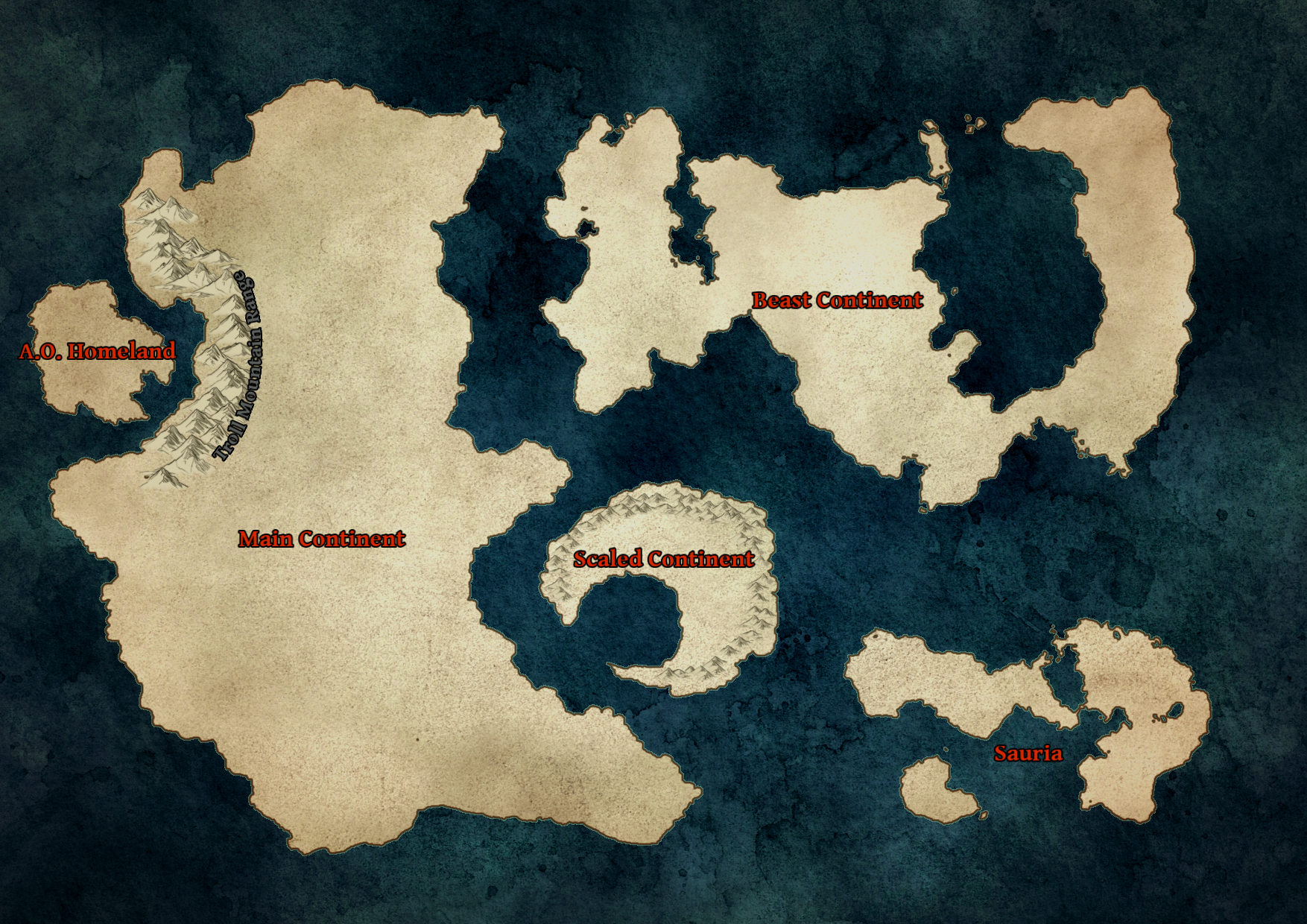Dragon, Lure
Never trust a small pile of coins resting near the shadows, or you may just find yourself within a Dragon's gullet.
Basic Information
Anatomy
One of the smaller True Dragons species, Lure dragons have a lean and long body plan, with long necks and tails. One of their most notable characteristics is the tip of the tail being covered by shiny gold scales that resemble coins from a distance.
Biological Traits
Fire Breathing
Unlike other true dragon species, The Lure Dragons have a greatly reduced fire breathing capability, instead they mainly rely on their venom.
Venom
Produces a powerful venom that can quickly paralyze prey.
Growth Rate & Stages
Grow relatively quickly compared to other true dragon species.
Ecology and Habitats
This is one of the few dragon species that thrives near settlements. In fact many large cities typically have several Lure Dragons whose entire territory is within the city walls. Due to their small size, camouflage and long time between meals it can be difficult for officials to even determine that they have a Lure Dragon lurking in the cities.
Dietary Needs and Habits
This species doesn't actively hunt down prey. Instead they will set up near areas that humanoids visit. They will hide their bodies in a crevice or dark shadow with their golden tipped tail sticking out in the open. To the naive, the curled tip of the tail looks like a pile of coins and will approach. When they approach, the dragon will strike, inject their prey with venom, and follow the humanoid until it collapses from the paralyzing venom. Once the humanoid is immobile the dragon will swallow them whole, often while they are still alive. Lure dragons are unable to fly after eating a large meal, so instead they will hunker down in one of their many hiding spots until their meal has digested enough to allow them to fly. A large meal for this species would be a single adult Humans, and they can go several months between meals.
Biological Cycle
Hibernates during the cooler months
Additional Information
Social Structure
Typically solitary, only coming together to breed or a female taking care of her young.
Perception and Sensory Capabilities
In addition to having excellent night vision they also have a pair of heat sensing pits between their nostrils and their eyes that allows them to detect the body heat of prey.
Body Tint, Colouring and Marking
Lure Dragons come in shades of grey, black, and brown with darker hourglass shaped markings along its back.
Remove these ads. Join the Worldbuilders Guild



Comments